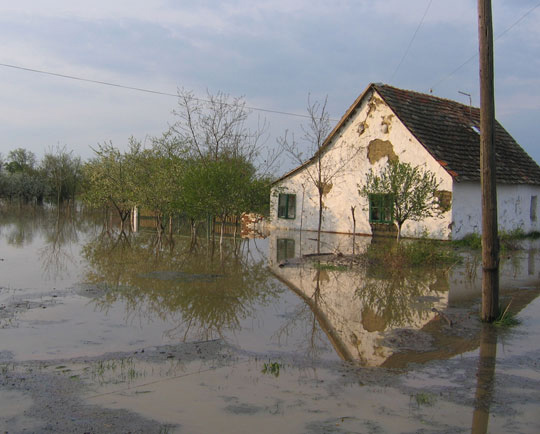Insurance
One in six properties at risk of future flooding

Are UK property owners prepared for the impact of climate change on flooding?
A staggering 5.2 million homes and businesses across England are at risk of flooding, according to statistics from The Environment Agency – that’s one in every six properties.
Roughly half of these are at risk of flooding from rivers or the sea, whilst the other half are at risk of surface water flooding, said property consultants Cluttons.
In the UK coastal flooding is considered the second highest risk of civil emergency after a pandemic, with an estimated £150 billion of assets at risk.
Ian Paton, head of Oxford PBC and Ed Yeates, project engineer at Cluttons said climate change is increasing the risk of flooding to UK property owners. And they believe better flood risk management measures are crucial to protecting assets.
As a result the two experts have published their insights into the impact of climate change and what can be done to protect homes and businesses. We’ve summarised the main points below:
Impact of climate change
Scientists are predicting the UK will receive around 10 percent more rainfall per year by 2100, compared to 1986-2005, as a result of climate change.
In fact, we are already seeing the impact. Between 2000 and 2014, 45 per cent of rainfall records were broken in terms of wettest year, wettest period and wettest months on record.
What should we do?
According to Paton and Yeates, we need stronger resilience measures in place. For every £1 spent on protecting properties against flooding, £5 in damages are avoided.
The UK Government announced a new £5.2 billion investment in July 2020 for building new flood defences to better protect 336,000 properties in England by 2027.
This is a step in the right direction but in order to cope with the long-term projections of flooding, the risk must also be managed at catchment level – before the flood reaches the property.
Paton and Yeates added: “The impact that climate change is having on flood risk in the UK is devastating and we must move from mitigative to adaptive measures in order to withstand the impacts of flooding in the coming years. How we do this, and exactly which adaptive measures are chosen, will have a massive impact on the degree of resilience achieved.”
